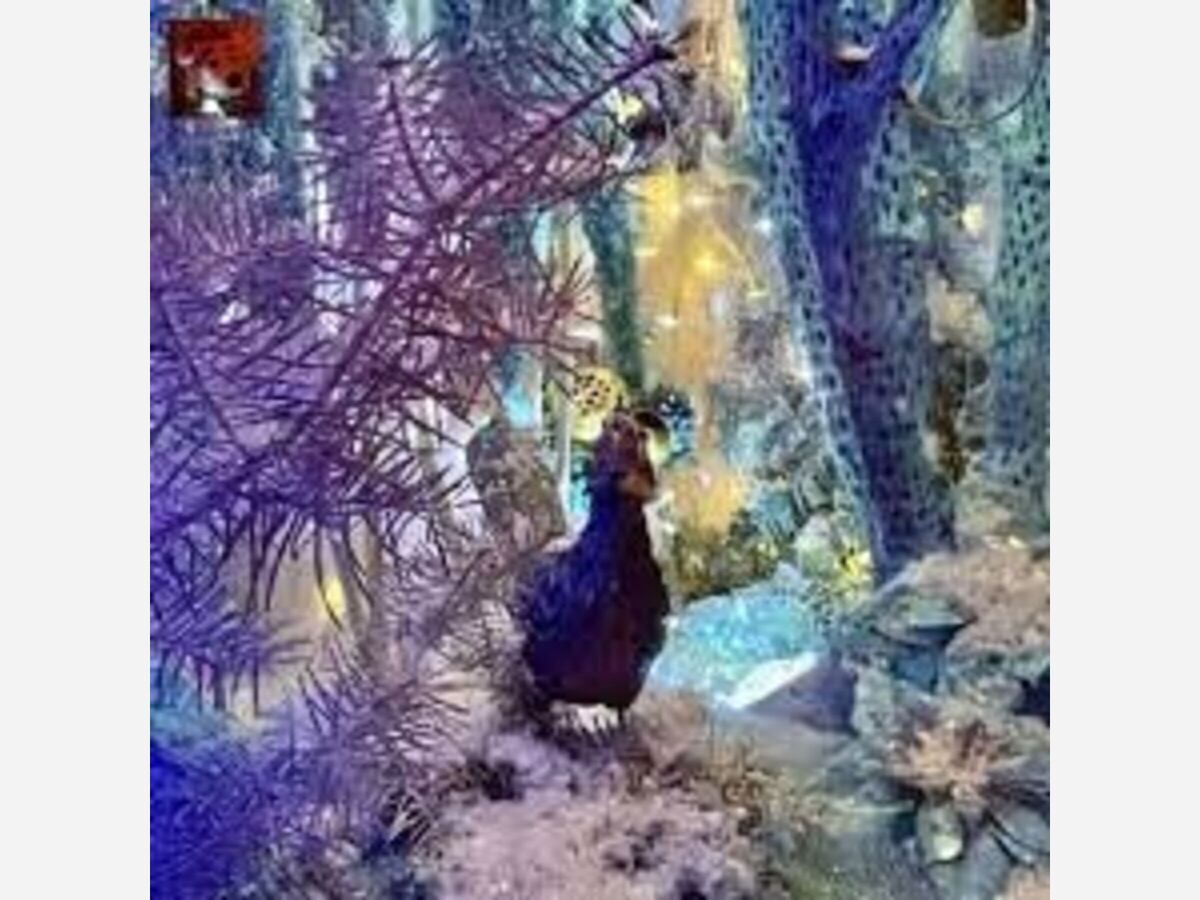Image


The winter solstice of 2021 occurs today (Dec. 21), marking the official beginning of winter in the Northern Hemisphere and it brings good news: From tomorrow on, days will start getting longer again, taking us out of the darkness as we slowly head towards spring.
The winter solstice marks the moment in Earth's orbit around the sun when the planet's South Pole is the most tilted towards the star. That means the Southern Hemisphere is receiving a lot of sunshine (and the start of its summer season) while the Northern Hemisphere is receiving much less. This effect is caused by the inclination of the axis around which Earth rotates with respect towards the plane of its orbit around the sun. On Earth, the effect can be observed as a regular shift of the path that the sun travels from East to West between sunrise and sunset.
Since prehistory, the winter solstice has been a significant time of year in many cultures and has been marked by festivals and rituals. It marked the symbolic death and rebirth of the Sun; the gradual waning of daylight hours is reversed and begins to grow again. Some ancient monuments such as Newgrange and Stonehenge are aligned with the sunrise or sunset on the winter solstice.
The solstice may have been a special moment of the annual cycle for some cultures even during Neolithic times. Astronomical events were often used to guide activities, such as the mating of animals, the sowing of crops and the monitoring of winter reserves of food. Many cultural mythologies and traditions are derived from this.
This is attested by physical remains in the layouts of late Neolithic and Bronze Age archaeological sites, such as Stonehenge in England and Newgrange in Ireland. The primary axes of both of these monuments seem to have been carefully aligned on a sight-line pointing to the winter solstice sunrise (Newgrange) and the winter solstice sunset (Stonehenge). It is significant that at Stonehenge the Great Trilithon was oriented outwards from the middle of the monument, i.e. its smooth flat face was turned towards the midwinter Sun
The winter solstice was immensely important because the people were economically dependent on monitoring the progress of the seasons. Starvation was common during the first months of the winter, January to April (northern hemisphere) or July to October (southern hemisphere), also known as "the famine months". In temperate climates, the midwinter festival was the last feast celebration, before deep winter began. Most cattle were slaughtered so they would not have to be fed during the winter, so it was almost the only time of year when a plentiful supply of fresh meat was available.
The majority of wine and beer made during the year was finally fermented and ready for drinking at this time. The concentration of the observances were not always on the day commencing at midnight or at dawn, but at the beginning of the pagan day, which in many cultures fell on the previous eve. Because the event was seen as the reversal of the Sun's ebbing presence in the sky, concepts of the birth or rebirth of sun gods have been common.
The pagan Scandinavian and Germanic people of northern Europe celebrate a winter holiday called Yule (also called Jul, Julblot, jólablót). The Heimskringla, written in the 13th century by the Icelander Snorri Sturluson, describes a Yule feast hosted by the Norwegian king Haakon the Good (c. 920–961). According to Snorri, the Christian Haakon had moved Yule from "midwinter" and aligned it with the Christian Christmas celebration. Historically, this has made some scholars believe that Yule originally was a sun festival on the winter solstice. Modern scholars generally do not believe this, as midwinter in medieval Iceland was a date about four weeks after the solstice.
For our Native American brethren; Soyal is the winter solstice ceremony of the Zuni and Hopi peoples held December 21, the shortest day of the year. Participants ceremonially bring the sun back from its long slumber, mark the beginning of another cycle of the Wheel of the Year, and work on purification.
On this day, the sun is at its lowest point in the sky, traveling across the sky world above us in a short stride, resulting in the shortest day and the longest night of the year in the Northern Hemisphere. For Indigenous people across the globe, the natural world is a source of teachings about natural and universal laws. In understanding the interconnectedness of all things, we recognize that the cosmos– the sun, moon, stars, and other planets– affect us and connect us in undeniable ways.
The winter solstice is an event that has been observed for millenia by many of our Indigenous ancestors. While some Tribal Nations have traditionally held special ceremonies during celestial events like the winter and summer solstices, others may have simpler ways of observing these moments. Some Tribal Nations have maintained teachings around solstice time, while others may be seeking to revive the teachings, practices and ceremonies that were forcibly taken from us.
In its period of darkness, the winter solstice is an opportunity to go inward with deep intention, to care for our spiritual selves, our bodies and minds, our loved ones and families, and to prepare for the longer days ahead.